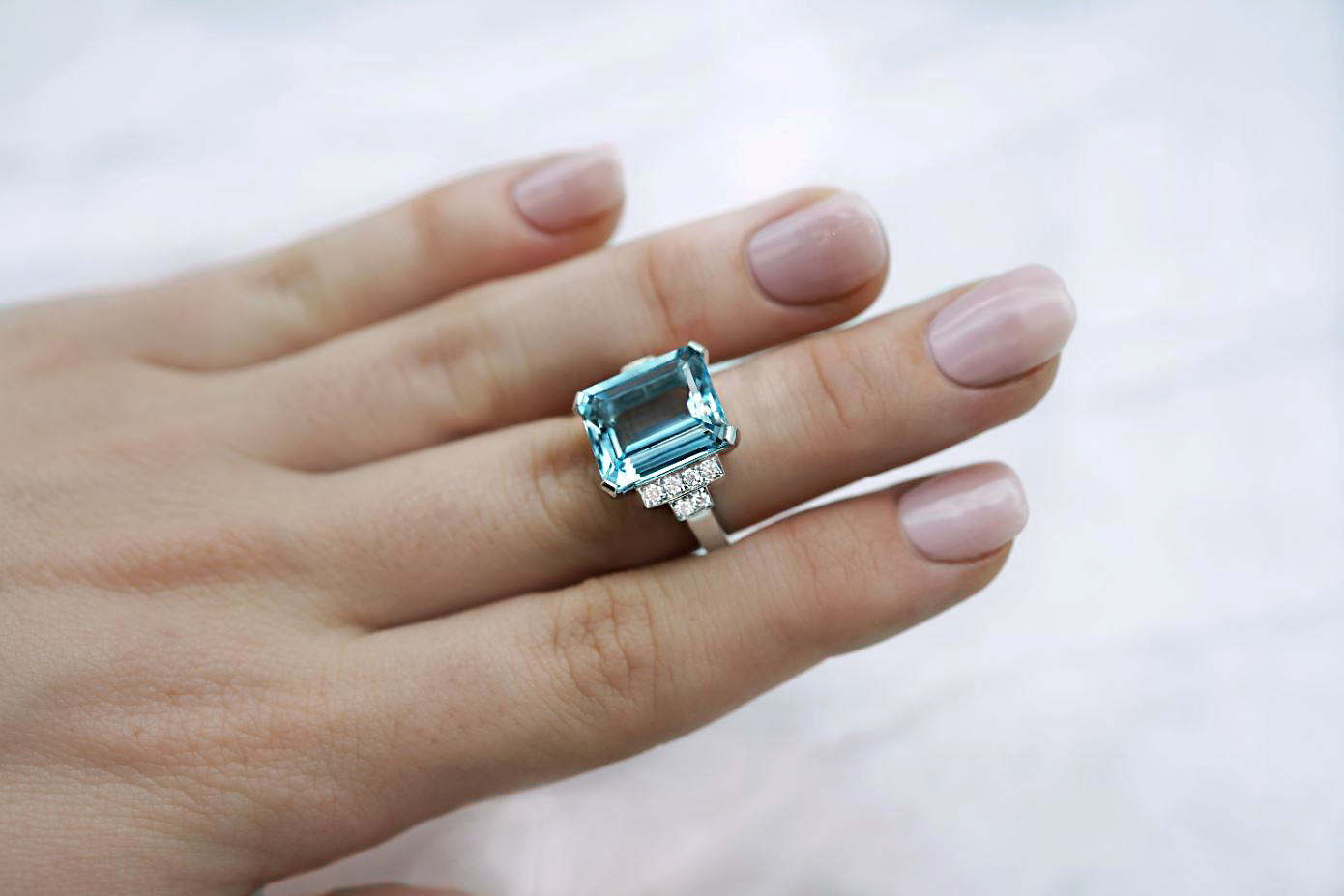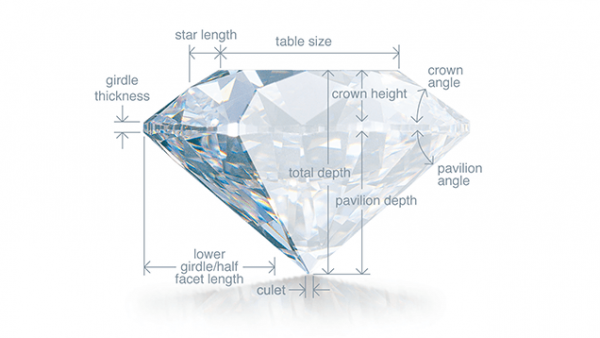Be Inspired
Diamond Education
Finance






Are you looking to buy a diamond engagement ring and want to ensure that you are getting a high-quality diamond? Or are you looking to learn all about diamonds and the types of diamonds available before you begin the process of buying a high-quality diamond?
Kush Diamonds share your desire for the perfect diamond ring, which all starts with a high-quality diamond. We are diamond wholesalers and jewellers with over 35 years’ experience in the diamond industry. We are here to help you educate yourself about the varied factors that influence diamond price and quality, and to help you select the perfect diamond to create the custom engagement ring your loved one deserves.
Kush Diamonds only stock GIA-certified diamonds. GIA, the Gemological Institute of America is the world’s foremost authority on diamonds. They exist to protect all purchasers of gemstones, by providing the education, laboratory services, research and instruments needed to accurately and objectively determine gemstone quality. GIA-graded and certified diamonds have ALL been independently assessed and we provide this assessment with every diamond, giving you peace of mind when you purchase from Kush Diamonds.

A diamond grading chart measures the 4Cs of a diamond, determining its value. The 4Cs evaluate the quality of a diamond based on the following indicators, but your taste and style preference will also play a part in the diamond that you choose.
Every diamond is unique. Each reflects the story of its arduous journey from deep inside the earth to a cherished object of adornment. Yet all diamonds share certain features that allow us to compare and evaluate them. These features are called the 4Cs.
The cut refers to a diamond’s shape, but also its overall proportions and polish. Each diamond could be cut in several ways and the quality of the cut depends on the diamond cutter. Diamond Education Information is very important for every buyer.
Diamonds are renowned for their ability to transmit light and sparkle so intensely. We often think of diamond cuts as referring to the shape (round, emerald, pear), but a diamond’s cut grade is really about how well a diamond’s facets interact with light. You may think of Cut as the Shape, however, there is much more to cut that the basic shape!
How a diamond is cut and polished directly affects the amount of sparkle and brilliance that comes off the stone when it interacts with light. A polished diamond’s proportions affect its light performance, in turn influencing its beauty and overall appeal.
The GIA’s cut grade also considers the design and craftsmanship of the diamond, including its weight relative to its diameter, its girdle thickness (which affects its durability), the symmetry of its facet arrangement, and the quality of polish on those facets.
The quality of cut is crucial to the diamond’s final beauty and value.

The carat is the weight measurement of a diamond. A carat (seen as ct) is measured in 100 points. 1 Carat = 0.2 Grams. The standard unit of weight measurement for diamonds and other gemstones, carat weight is measured at the GIA Laboratory using a highly precise electronic scale, rounded to the nearest hundredth of a carat.
Diamonds and other gemstones are weighed in metric units where one carat is equal to 0.2 grams, about the same weight as a paperclip. Don’t confuse carat with karat, as in 18K gold, which refers to gold purity! Diamond Education Information is basic if you are looking to buy one.
For diamonds under one carat, each carat is divided into 100 points, as an example 0.75 carat = 75 points or 0.50 carat = 50 points. Because even a fraction of a carat can make a considerable difference in cost, precision is crucial. In the diamond industry, weight is often measured to the hundred-thousandths of a carat, and rounded to a hundredth of a carat. Diamond weights greater than one carat are expressed in carats and decimals.
See the diamond carat size chart below for an indication of the carat of different diamonds.

Diamond clarity is the measurement of natural blemishes or birthmarks on a diamond. A diamond with more flaws or blemishes will have less brilliance, which will reduce its value. Because diamonds are formed deep within the earth, under extreme heat and pressure, they often contain unique birthmarks, either internal (inclusions) or external (blemishes).
Diamond clarity refers to the absence of these inclusions and blemishes. Diamonds without these birthmarks are rare, and rarity affects a diamond’s value. Using the GIA International Diamond Grading System, diamonds are assigned a clarity grade that ranges from flawless (FL) to diamonds with obvious inclusions (I3), when viewed under 10X magnification.
See the diamond clarity chart below showing some of the 11 different clarity grades of a diamond.
Every diamond is unique. None is absolutely perfect under 10x magnification, though some come close. Known as Flawless diamonds, these are exceptionally rare.

Diamonds come in varied colours with certain colours like pink and yellow being highly valued. Kush Diamonds specialise in white diamonds which are graded from being ‘colourless’ right through to ‘light colour’. The colour of diamonds is one of their most important characteristic features; and equally, constitutes one of the most important, for it is the colour that strikes the human eyes most strongly.
Although many people think of quality diamonds as colourless, truly colourless diamonds are actually very rare. Most diamonds used in jewellery are near colourless with tints of yellow or brown.
A diamond is graded to determine its relative absence of colour, based on the GIA Colour Scale which ranges from D (colourless) to Z (light yellow or brown). GIA assigns a colour grade by comparing each diamond to a master set in a highly controlled lighting and viewing environment. Many of these colour distinctions are so subtle as to be invisible to the untrained eye. But these slight differences make a very big difference in diamond quality and price.


Want to learn more before you dive headfirst into the world of engagement rings? Let us share with you some exciting trends and quick guides to get you on the right path to finding the perfect diamond ring for your partner.